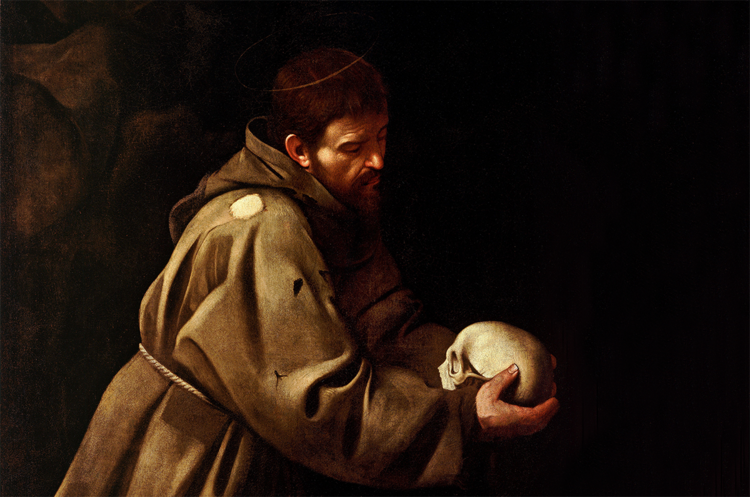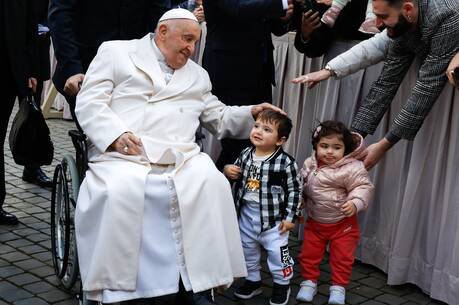Many people are familiar with the popular stories and legends about St. Francis of Assisi. If pressed, a fair number of Christians could rattle off such classics as the story about him taming the wolf of Gubbio, hearing Christ at the crucifix of San Damiano, encountering Sultan Malek al-Kamil in Egypt and recreating the Christmas crèche in Greccio, as well as any number of his interactions with animals, lepers or others.
But now that the Feast of St. Francis is quickly approaching, I have been thinking about the stories that are not typically known, the narratives most people have never heard. Many of these lesser-known stories come from the early Franciscan friars and sisters who knew Francis personally and who recorded them for posterity.
What is striking about these stories is that they do not always portray Francis in the best light. At times, he even comes across as not very saint-like. Whereas the earliest biographies sought to portray Francis as holy for the sake of a quick canonization, which was the request of Pope Gregory IX, these other stories by “those who were with him” (as the texts were often credited) were meant to present a more multidimensional person: a holy man for sure, but also a complex and fully human one, too.
We remember not only the good works and extraordinary acts of the women and men we venerate as saints but also their weaknesses, failings and imperfections.
Take, for example, the story of Francis and Brother James. James was responsible for the physical care of some lepers and served as a kind of nurse for many people with terrible sores and wounds. One day, Francis returned home after being away to find that James had brought a leper into the chapel from the leper hospice. When Francis saw this, he snapped at James and reprimanded him for bringing the leper around the friars’ place of prayer. The text explains that Francis reproved James because he did not want to see lepers with “severe sores outside the hospital” left alone in the chapel where other people often came because “people usually abhorred lepers who had severe sores.”
This is certainly not the open-armed, warm and embracing Francis of Assisi we are used to imagining.
Or how about the time when the kitchen in a friary caught fire. Sound familiar? Don’t worry; it wouldn’t be to many people. The story goes that Francis and a companion went into the kitchen after prayer. The text of the Assisi Compilation continues:
When blessed Francis came to eat in the cell where the fire was lit, the flames had already reached the roof of the cell and were burning it. His companion tried his best to extinguish it, but could not do it by himself. But Blessed Francis did not want to help him: he took the hide that he used to cover himself at night, and went into the forest.
Rather than help his brother put out the fire, Francis puts on a blanket and goes outside by himself, leaving his brother to fight the growing fire alone.
This is certainly not the considerate, helpful and generous Francis of Assisi we are used to imagining.
Why tell these stories?
First, it is important that we remember not only the good works and extraordinary acts of the women and men we venerate as saints but also their weaknesses, failings and imperfections. This helps provide us with a fuller and more honest picture of what makes these figures so venerable in the first place. They were just like you and me, sinful and struggling at times. But they also had the chance, as we do, to respond to God’s grace in this world and make a positive difference despite inevitable stumbling and failures.
Second, we tell these stories to see what the saints did afterward, for it gives us a clue to how we might live. After Francis publicly shamed James and the leper out of his own insecurity and fear, the would-be saint went to both men and apologized, asked forgiveness and made amends. After Francis wandered into the forest without helping his brother fight the fire, he later returned to confess that he did not want his favorite blanket to be destroyed and again sought reconciliation and gave his blanket away as penance.
Like Francis, we will struggle and sin. But also like Francis, we have the opportunity to surrender our egos, be vulnerable and seek reconciliation. Being a saint isn’t being without sin; it’s about not letting sin have the last word.










